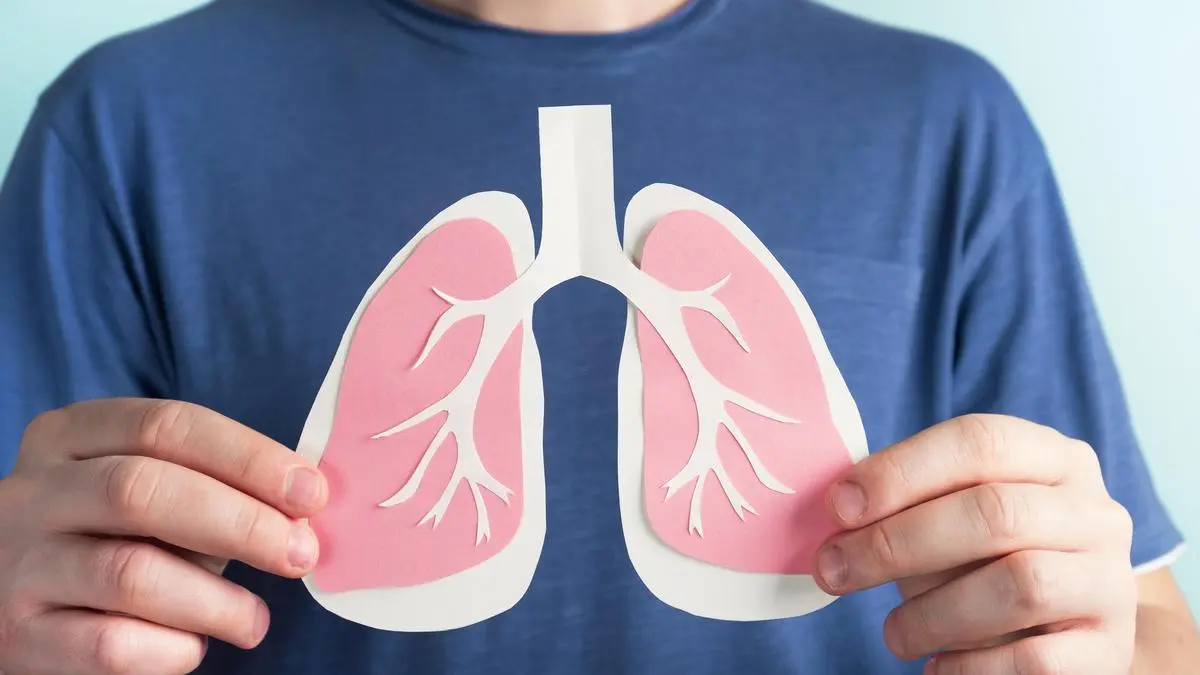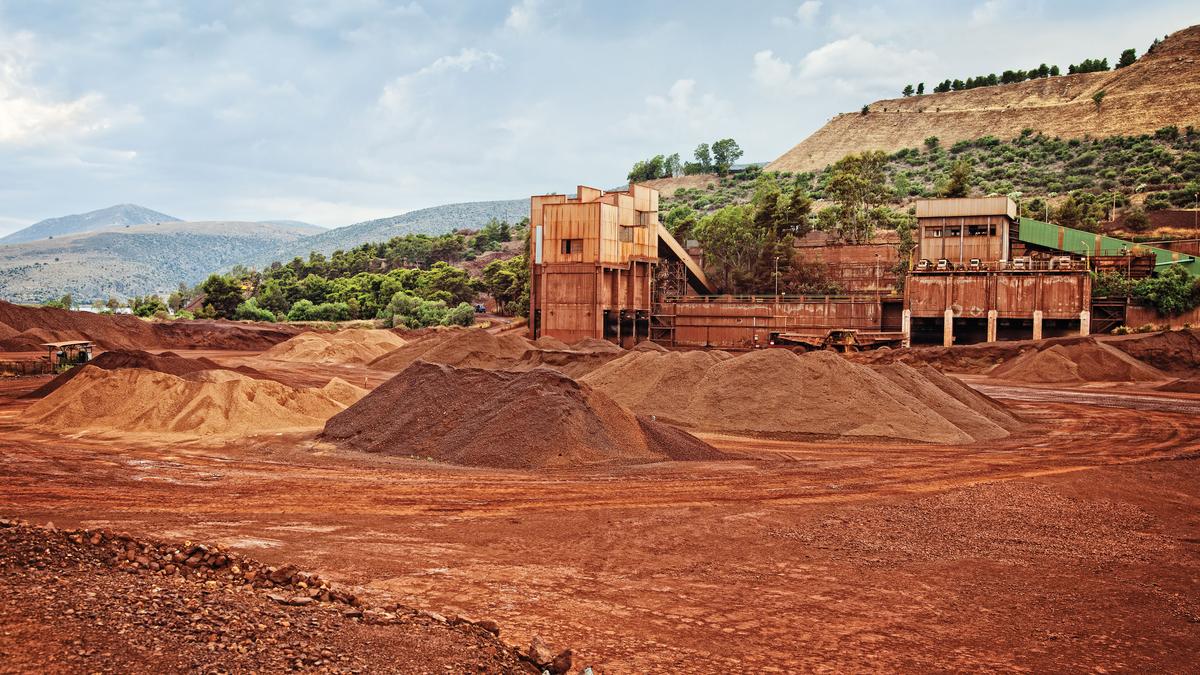Researchers from the Indian Institute of Technology Madras (IIT Madras) have developed a method for treating bauxite residue using phosphoric acid to extract valuable components from it.
Presently, the cement industry consumes only 2-3 per cent of the bauxite residue produced every year, leaving the bulk to be treated as hazardous waste.
Bauxite residue, also known as Red Mud, contains toxic heavy metals such as arsenic, lead, cadmium, chromium, vanadium and mercury. Its high alkalinity makes it extremely corrosive and damaging to soil and life forms — it can be harmful if ingested or inhaled — posing a significant threat to the environment.
Recent efforts, particularly in Europe, in comprehensive bauxite residue utilisation involve multi-stage processes that yiels multiple products. The current research from the IIT team not only opens up opportunities for the disposal of bauxite residue but also creates opportunities for its utilisation in the recovery of valuable materials, thereby promoting sustainability and a circular economy. Additionally, it serves as a potential alternative source of materials for energy harvesting and storage.
The Research
By treating the bauxite residue with phosphoric acid, the researchers were able to get new materials that were a mix of aluminium, iron and silicon phosphates, along with other compounds such as sodium and calcium.
Some of these new materials — ceramics — have unique attributes, particularly dielectric and optical properties. The dielectric properties such as dielectric constant, loss tangent and dielectric loss, varied among the samples, indicating the tunable nature of the materials. The optical properties of the materials show distinct features in terms of light absorption, reflection and emission, with some samples exhibiting emission in the visible region and even in the pure white region.
Potential Applications
Materials with tailored dielectric properties find applications in electronic components such as capacitors, insulators and semiconductors. The dielectric properties of these materials are beneficial for energy storage applications, such as in capacitors or batteries, where high dielectric constants are desirable.
The ones with optical properties, including emissions in the visible region suggest potential applications in devices such as light-emitting diodes (LEDs) and digital displays. The pure white emission observed in a specific sample could be particularly attractive for lighting applications.
The development of functional materials from waste streams aligns with the growing focus on sustainability and circular economy practices in industries. These materials could find applications in environmental sensors for monitoring and detecting pollutants.
Kishore Kumar Mayuranathan, Research Scholar, IIT Madras, says, “The obtained metal phosphates have undergone testing for their suitability as phosphate fertilizers, addressing concerns about acidity levels in the residue. Our work strives to reconcile the volume versus value dilemma by introducing applications that consume volume, such as fertilizers and glasses, alongside value-generating applications like dielectrics.”
Environmental Impact
Another focus of the research was to establish a secure disposal pathway for the massive volumes of industrial waste generated annually, offering both environmental benefits and economic opportunities.
By converting bauxite residue — a by-product of aluminium production — into functional materials, the study demonstrates a way to valorise industrial waste and reduce the amount of waste sent to landfills.
Repurposing waste materials reduces the need for extracting new raw materials from pristine sources. This promotes resource efficiency and minimises the environmental impact of resource extraction.
Prof Ranjit Bauri, Department of of Metallurgical and Materials Engineering, IIT Madras, says, “Our approach not only offers a safe disposal pathway for bauxite residue but also transforms it into a valuable source of materials, exemplifying the concept of ‘two birds with one stone.’ We aim to reduce the environmental impact of a potentially hazardous industrial waste while simultaneously converting it into resources that are environmentally benign.”
SHARE
- Copy link
- Email
- Facebook
- Telegram
- LinkedIn
- WhatsApp
- Reddit
Published on March 18, 2024





